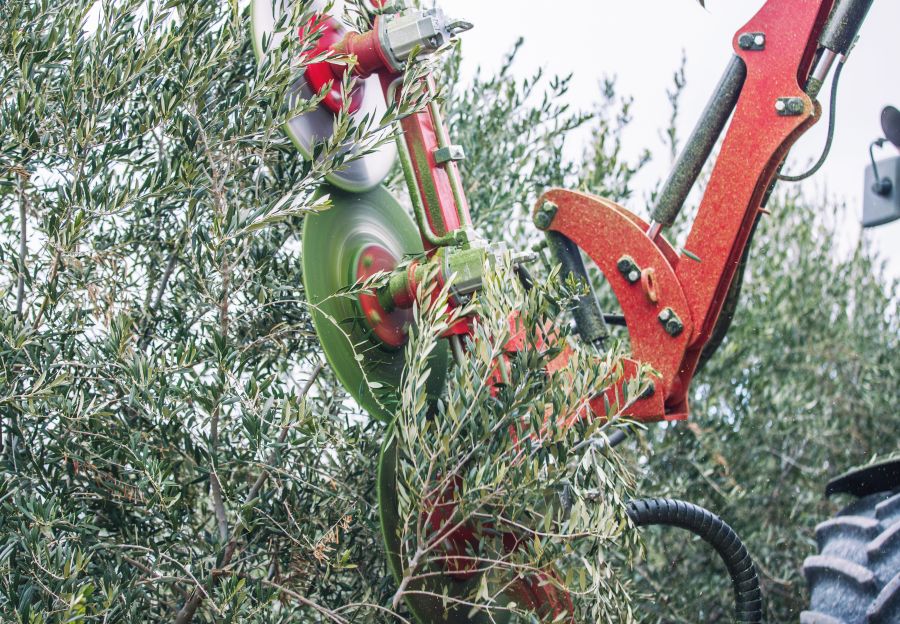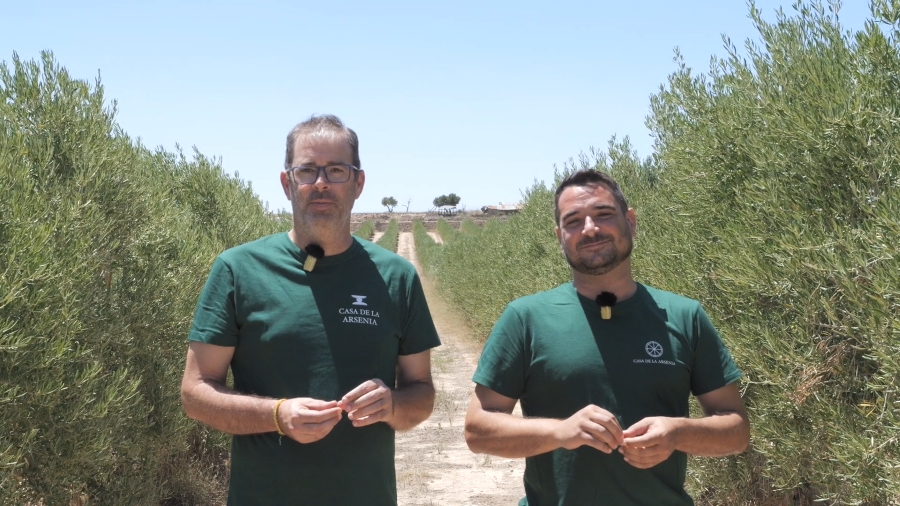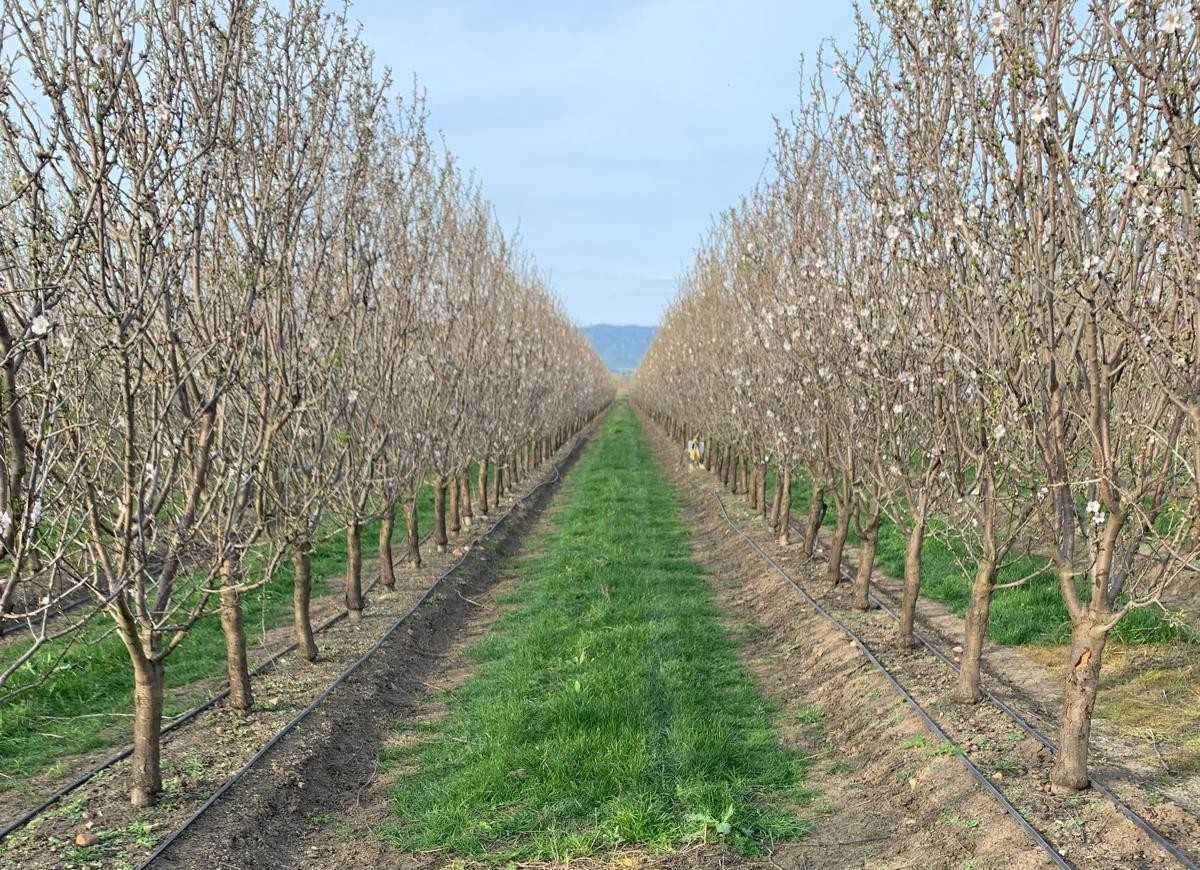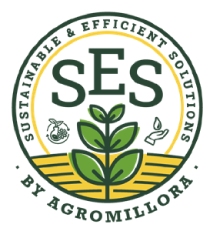Mechanical pruning divides traditional olive growers
Many farmers already adopt this type of pruning, especially in high-density cultivation systems, where this practice perfectly matches their principles.
That’s why, in this article, we will discuss the basics of mechanizing such an important practice as pruning, as well as the different pruning techniques that can be mechanized.
Why mechanize pruning in hedgerow olive groves?
High-density or hedgerow olive groves are based on very clear principles:
- Mechanization of operations and reduction of manual labor.
- Early entry into production and high productivity.
- Increased efficiency in the use of resources.
In the case of olive groves, pruning traditionally represented, after harvesting, the agricultural operation that required the most labor. Nowadays, we are all aware of the problems related to specialized agricultural labor and the rising production costs compared to operations that can be mechanized.
Pruning is one of the main practices an olive grower can and must use to regulate production and ensure plant health and longevity.
Objectives of pruning in olive groves
Pruning is a key practice for regulating production and maintaining plant health and longevity. In the case of hedgerow or super-intensive olive groves, it is necessary to replace the old concept of the individual tree with that of a “continuous hedge” or “productive wall.” However, the objectives remain the same as those of traditional olive grove pruning:
- Guide the tree’s growth toward a determined and suitable shape.
- Create a favorable microclimate that maximizes light interception, ensures good ventilation, and reduces shading.
- Achieve a good balance between vegetation and production.
- Ensure high production per unit of surface area.
- Reduce costs and manual labor.
Note: When pruning, one must always consider the effects it will have on the plant’s productivity and vegetative development.
What are the consequences of mechanized pruning in hedgerow olive groves?
High-density or hedgerow olive groves are based on very clear principles:
If one of the goals of pruning is to produce more fruit consistently, it is essential to understand the conditions under which olives develop.
Trees go through different phases (formation, production, aging), and pruning must adapt to these. It is therefore crucial to know the role of the tree’s organs and the consequences of their removal.
For example, flower buds are found on branches that grew the previous year, while wood grows in length and thickness thanks to vegetative buds. Leaves, on the other hand, are the fundamental organ for plant nutrition and energy generation. Therefore, proper pruning must maintain an optimal balance between leaves, roots, and wood.
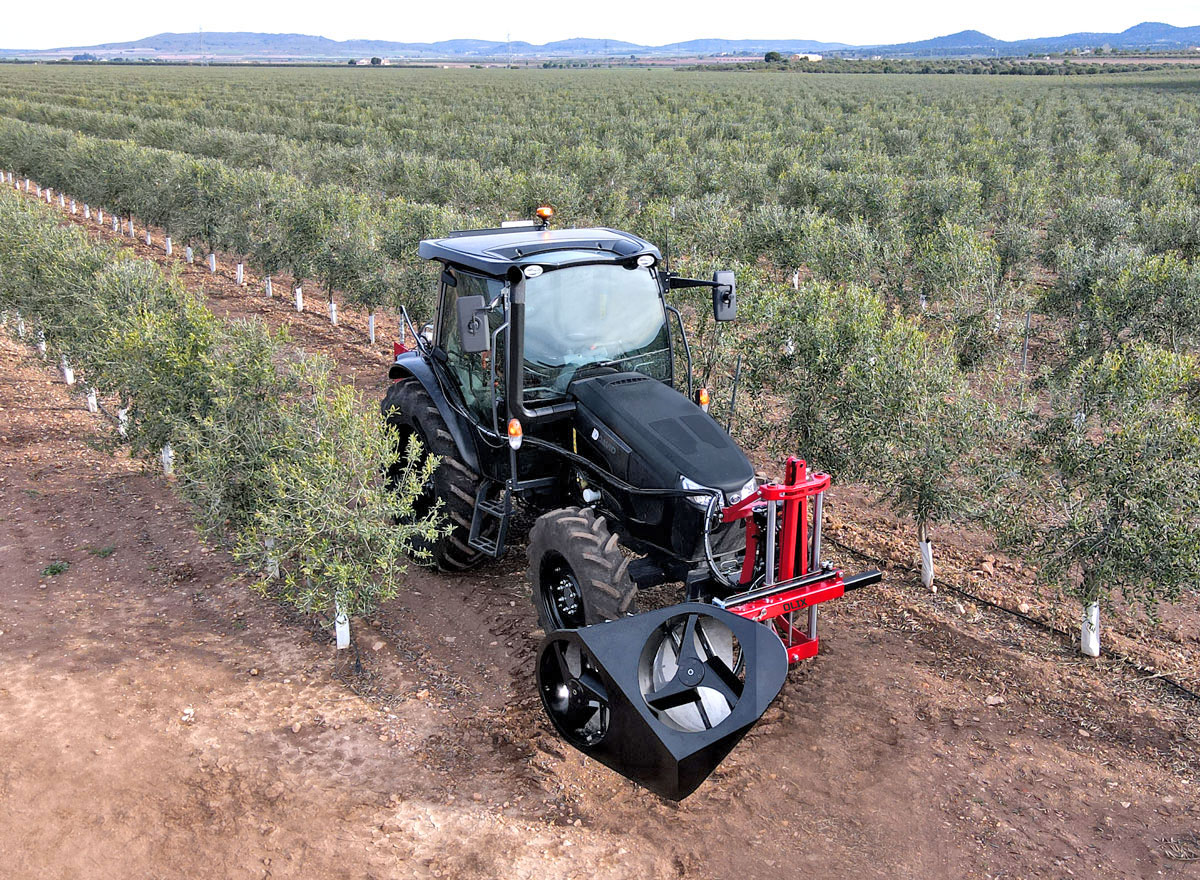
How do pruning cuts affect olive trees?
Pruning cuts can be of two types:
- Thinning cuts: improve branch illumination, favor thickening and lateral growth, and enhance nutrition, flowering, and fruiting.
- Heading cuts: stimulate bud growth in the preserved part (also known as tipping).
Both techniques are essential to maintaining a productive structure and the ideal dimensions of the hedge.
How does a tree react to pruning?
Factors influencing olive grove pruning
- Age of the grove: distinguish between the phases of formation, production, and rejuvenation.
- Soil and climate: influence tree development and the intensity of cuts.
- Variety: each variety has different growth and vigor characteristics.
- Cultural practices: irrigation and weed management can help achieve the right vegetative-productive balance.
- Pruning season: it can be done in winter or summer, depending on climatic conditions.
- Type of pruning and training system: depend on knowledge of the cultivation system and the available equipment.
Types of mechanizable pruning
Why mechanize pruning in hedgerow olive groves?
- Lateral pruning with a topping machine: useful during plant formation.
- Lateral pruning with a disc machine: ideal for mature productive structures.
- Height pruning (topping): limits height to 2.5–2.9 meters, depending on needs.
- Low-branch pruning: removes branches below 50–60 cm, improving management and harvesting.
Modern ID David equipment, such as the PV-VIEW, V1, and OLIX, represent efficient solutions suitable for every olive grower’s needs.
